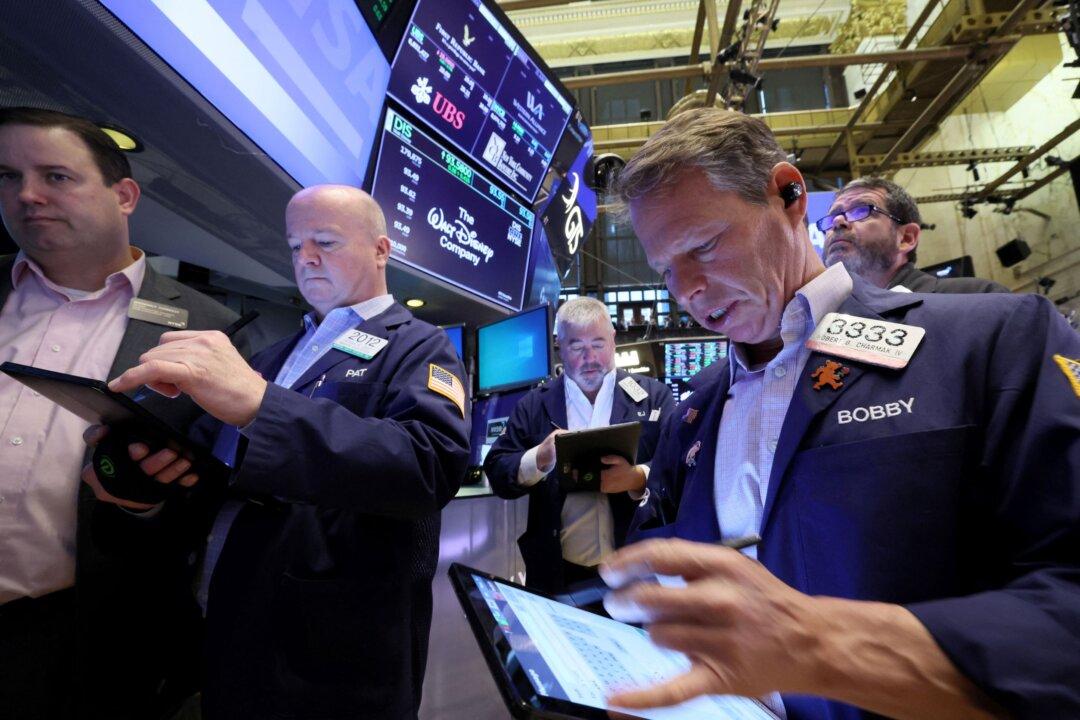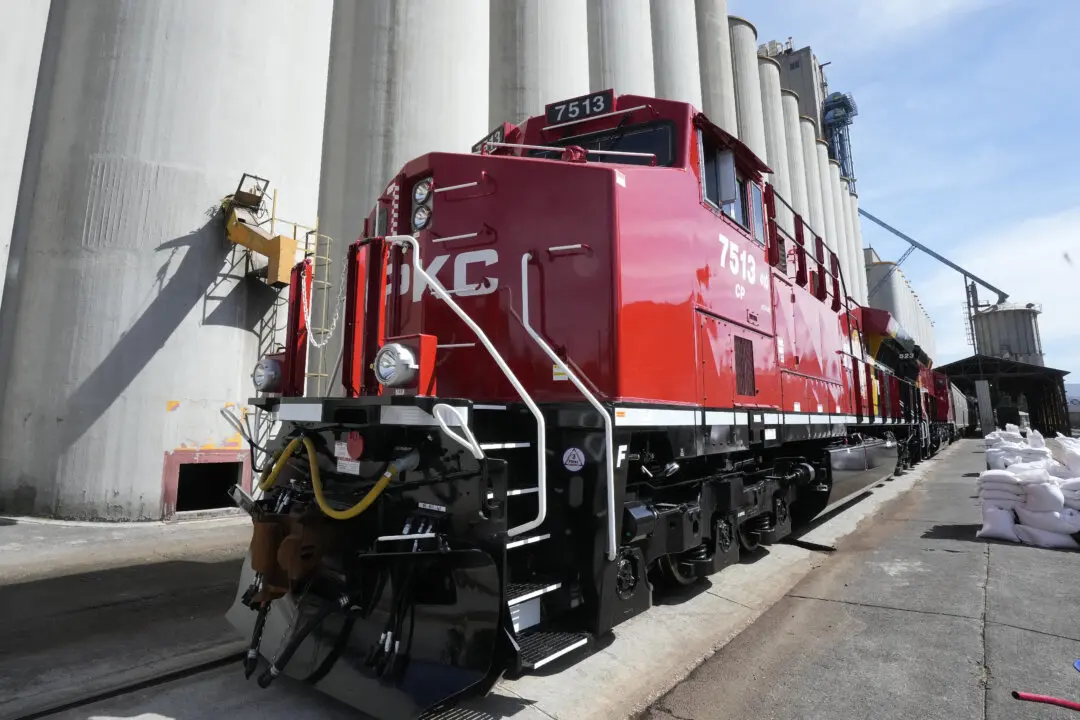Credit portfolio managers estimate U.S. corporate defaults to rise, according to a recent survey, with the vast majority of respondents expecting the country to slip into recession this year.
In the Credit Outlook survey conducted by the International Association of Credit Portfolio Managers (IACPM), 86 percent of respondents stated that defaults will rise over the next 12 months, while only 14 percent expect the numbers to remain unchanged, stated a press release on April 13.





